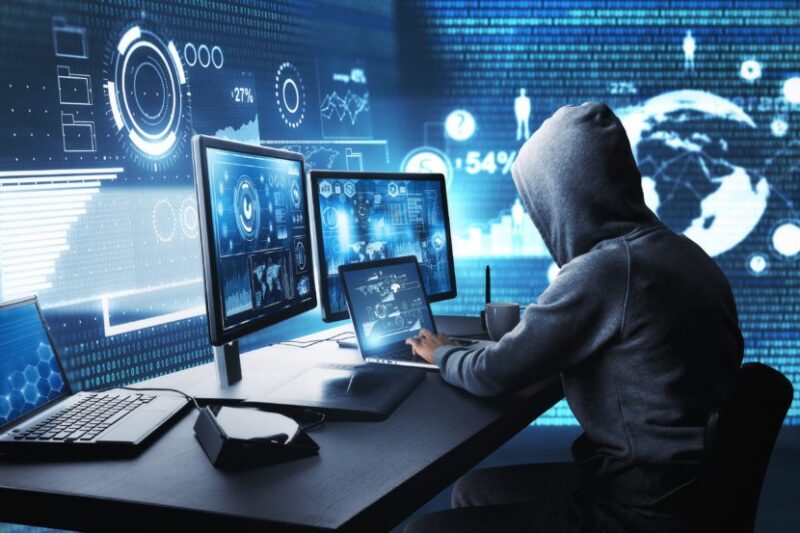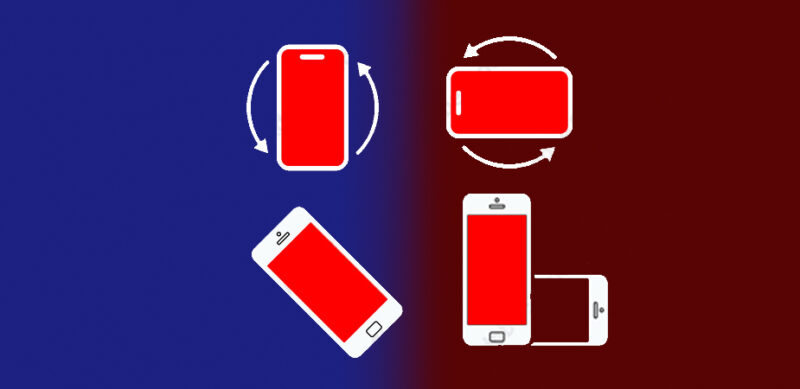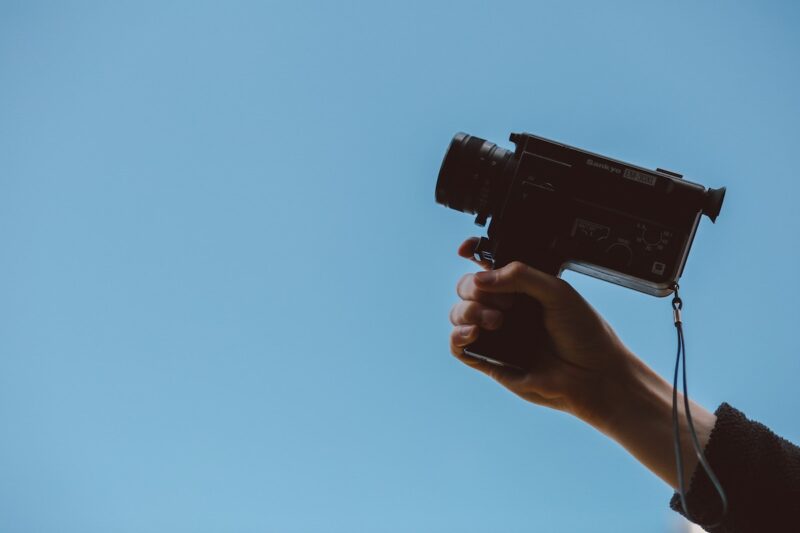Presenting evidence in court is far more troubling than what we can see in movies and TV series. There are so many things one needs to do to make the video admissible in court and use it as reliable evidence. That is why these guidelines should come in pretty handy since even though certain things might seem dull, following these steps is simply a must and will make things much easier.
Collecting the evidence

It all starts with how you collect the video, as there are many cases where, even though the video clearly shows that there was some wrongdoing, due to the way it was collected and preserved, it’s not admissible in court.
In order to avoid that, make sure that you follow these guidelines, as it all starts with identifying the video as a crucial piece of evidence. This is what the ‘no-touch clause’ refers to, as before making any decision and taking any action, it’s of vast importance to identify the evidence.
Documenting evidence
Once you start collecting it, the next logical step is to record and document everything. Be warned, this is an extremely sensitive thing, which is why you need to document everything, from the location to make sure digital forensics do their job and, in case it is necessary, whether experts are needed to get involved or not.
The best solution is to record as much as possible, because it is much easier to cut the material and choose only the relevant scenes to show in the courtroom than find the missing parts.
Preservation of the evidence

Collecting the evidence is simple, as it requires a third party to physically collect the media with the content that clearly showcases any wrongdoing and that it can be used as evidence. The third step is a bit more about the digital knowledge of the one processing the video.
Namely, it all starts by using adequate digital forensics tools in order to gain access to the content. It is of utmost importance that only those certified perform this action because in case any other party does so, the evidence will not be admissible. Once these three steps are covered, it’s all about the preservation of the video, as it needs to be stored and marketed properly.
Ensuring that your footage is admissible involves a meticulous process. A crucial step is to confirm the video’s authenticity and maintain a documented chain of custody. Tools like Adobe Express can be instrumental in this process, allowing legal teams to effectively manage and annotate video files for presentation. This tool provides an intuitive platform for editing and annotating videos, which can enhance the clarity and relevance of the footage without compromising its authenticity. Adobe Express also supports secure storage and easy sharing options, which help maintain a documented chain of custody—a critical requirement for admissibility. This way, legal professionals can ensure their video evidence is both persuasive and compliant with court standards, ultimately facilitating a smoother legal process.
Video analysis
Luckily, there are many guidelines that are of vast help here, so making mistakes here is almost impossible. The last step is analyzing the video, which is also something experts in the field of digital forensics do. Their job is to reconstruct all the evidence, if needed, and set them up exactly as they occurred. They can use the filmed material to get information, and thanks to their skills, that material can be used as the main proof in the courtroom.
Verifying the authenticity
If the video is not authentic, meaning there are signs someone tampered with it, or you cannot prove tempering didn’t occur, even if you follow all the rules and protocols, it would all be for nothing. That is why verifying the authenticity of the video is crucial, as it is the only way to present the case and make it admissible in court. No video, or any type of footage, for that matter, can’t be used as evidence if it isn’t verified as authentic.
Even though certified professionals can check whether some videos are authentic or not, there are also certain things you can do. Slowing down the video has proven to be one of the easiest things to do to check video authenticity, as in case there was any kind of tempering with it, it will be clearly seen in slow motion. Another way to check it is by checking metadata. Everything one needs to know about the origin of the video, whether it was edited and, if so, when, is something you can easily check by checking metadata.
Showing only the relevant parts
If you want to make your video admissible in court, it is important to know that judges and juries do not like to waste their time watching irrelevant proofs. Because of that, it is crucial to check on the material you own and choose the most important things to show.
Of course, it does not mean that the videos should last for twenty seconds, as it all depends on what is on them and how long the situation the jury and judge should see, but it is never a good idea to show lengthy videos without the point.
Using the right format

One does not need to be a computer geek to know that videos can be saved in different formats, and some of them are much more difficult to play than others. Since time is limited in the courtroom, one cannot afford to have technical issues and lose time in trying to fix the player and show the important evidence, which is why it is crucial to use the right format and be 100% sure it would work.
Although it might sound too complicated, especially for people who are not skilled in editing this type of material, it is much easier than it is at first glance. Namely, most formats will be played flawlessly, and you can always click here for more info on how to do everything when it comes to a situation like this.
To summarize
There is no doubt that video can be one of the main proofs in the courtroom because if it is filmed and analyzed properly, it can show much relevant information to the jury and judge and help them make the right decision.
Of course, they will be able to see all the details and get insight into the situation the way it really happened. Following these rules will help you make the evidence admissible and help you turn the bad situation in your favor if necessary. There is no need to worry, as everything is much easier than it seems, and the most important thing is to record everything and choose the relevant parts to present.

